Due to popular demand, we have launched our Forum where you can ask or answer questions, start news posts etc. relating to the diet and digestive health.
New Forum for Diet and Digestive Health
About the Author: Norm Robillard
Dr. Norm Robillard earned his Ph.D. in microbiology from the University of Massachusetts, Amherst, where he studied Bacillus anthracis and other Bacillus species. His post-doctoral research at Tufts University focused on antibiotic resistance and gene transfer between gut microbes, including Bacteroides fragilis and E. coli.
Over the course of his career in the pharmaceutical and biotech industries, Dr. Robillard studied the genetics of antibiotic resistance, septic shock, viral illnesses, and both antimicrobial and antibody-based therapies. He later founded the Digestive Health Institute, where he developed the Fast Tract Diet—a science-based, root-cause approach to resolving functional gastrointestinal disorders, gut dysbiosis, other digestive and related health conditions.
As the author of the Fast Tract Digestion book series and creator of the Fast Tract Diet mobile app, Dr. Robillard was the first to identify excess intestinal fermentation as a key driver of reflux. He also introduced the link between gas-producing gut bacteria, intragastric pressure, and nutritional malabsorption as a mechanism behind reflux symptoms.
His latest work, the Fast Tract Digestion series, offers a safe, effective alternative to proton pump inhibitors (PPIs), H2 blockers, IBS medications, and antibiotics for conditions such as GERD, LPR, IBS, SIBO/IMO and related disorders.
If you're seeking a trusted, science-backed path to lasting relief, we invite you to:
📘 Read the book to learn the method
📞 Schedule a consultation (+1-844-495-1151) to receive a personalized plan for your gut health journey
Related Posts
22 Comments
Leave A Comment
Cancel reply
Leave A Comment
You must be logged in to post a comment.

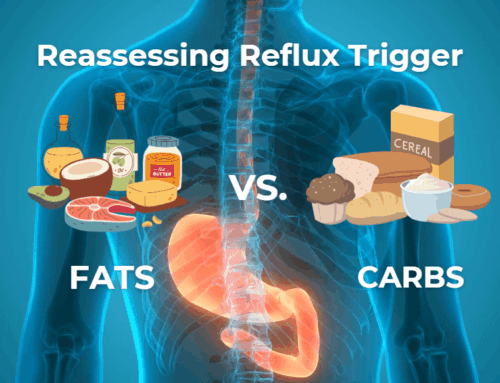
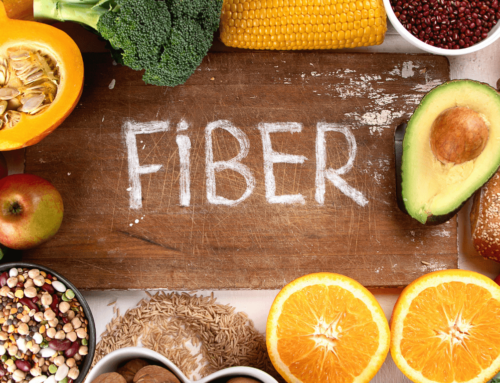
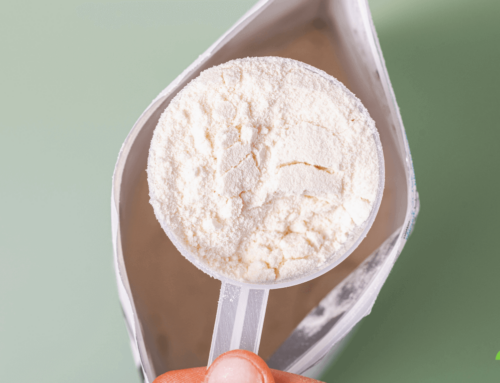
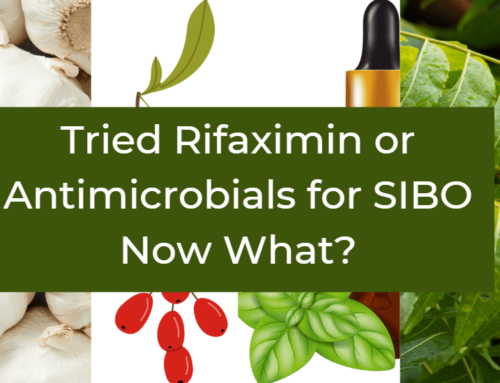
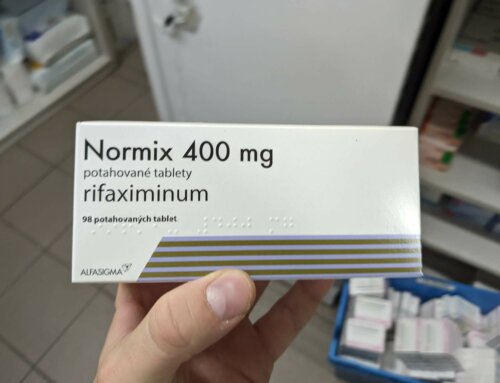
How long do you have to be on this diet till you can go off of it for 3 days. I think you said something about that in your first book. Thanks
Hi Ruth,
For many people, the answer is likely never. Some people, including myself, don’t tolerate higher levels of hard-to-digest fermentable carbs. There is a chance that you can take actions(s) to identify and address a number of underlying causes if they apply to you (each book has a chapter on that) and become more tolerant to higher amounts of carbs. I am more tolerant now than before I initiated dietary intervention, but three days is still the relative period I can go if I eat too many of the wrong (carb) foods.
Sorry not to provide better news, but that’s the way I see things currently. You never know though. Now that there is so much research going on with our gut microbiome, someone might come up a new solutions. Wouldn’t that be great!
Best Regards,
Norm
Going forward, please use either the forum or blog pages for your comments.
do you have advice on a diet following flagyl and c. diff infection?. Seems my 82 yr old father in law is existing on the BRAT diet. There has been NO discussion on maintaining or restoring the good flora in his gut. C diff infection has developed following antibiotic use ( 1st bout of this was 3 yrs ago following antibiotic use)…He still has 5 more days of flagyl. He ‘s improving but he’s not being helped with any kind of supplement or other diety assistance except the BRAT banana, rice toast applesauce. (banana and applesauce are only added sugar which aids the growth of the bad bacteria) Please help. thanks.
Hi Cheryl,
Though I can’t give you specific advice in this setting, in general avoiding PPIs, possibly adding a probiotic and reducing fermentable dietary carbs with a diet such as the Fast Tract Diet is a solid approach following antibiotics. Overtime, the good bacteria should re-populate. Any underlying conditions that might promote C-diff, SIBO, or dysbiosis should also be identified addressed – such as motility issues, low stomach acid, immune deficiency, etc. Bananas and applesauce would not be recommended except in very limited quantity.
Hello N0rman,
I have read your book and am now reading it a second time to fully understand the science behind your recommendations. I got your book to try and heal SIBO. I have some questions that you don’t discuss in your book and wanted your opinion.
I have read differing opinions regarding the use of fermented foods and supplementation of pro-biotics. According to your book you seem to think it is not problematic to consume for example plain kefir or yogurt for those with SIBO while others feel it best not to consume any fermented foods until the bacteria in ones small intestine has been eliminated and then one can include them. Can you tell me how you feel about this and why? Also if fermented foods are ok what about Kombucha? What about unsweeted Cacao Nibs or chocolate, spiruluna, aloe vera. I realize that regular processed honey is just as bad as sugar, but what about raw unprocessed Manuka Honey. It is supposed to contain healing properties that kill off bacteria?
I also don’t understand why in some of your recipes for example you have one for a smoothie which includes blueberries yet it has an 11 FP and is listed under moderate for symptom risk which seems rather high and counterintuitive? Shouldn’t we be starving the bacteria rather than giving them foods that will keep them going. I have only been eating foods that have a value of mostly 2FP and are low risk for symptoms. It just seems that we are defeating the purpose?
Thank you for answering my questions
Stephanie
Stephanie just my 2 cents before Norm chimes in:
manuka honey is highly antibacteria, powerful food that kills good and bad bacteria. My holistic doc told me to totally avoid it.
With my SIBO profile I have leaky gut and the large amount of microbes in fermented foods can cause some people more inflammation and other symptoms, as when the gut is leaky the microbes may pass into the lympatic system and cause problems.
Norm has mentioned in several places that the serving size to calculate the FP for blueberries is 1 cup. People rarely eat 1 cup of blueberries in a “serving”. 1/2 cup of blueberries cuts the FP in half and makes it a reasonable and healthy addition to a low FP day.
Im new to all of this. Have been really suffering for the past month especially. Bought your book and am going to follow it to the letter. I worry that
I will have trouble with constipation as I don’t see a ” load” of fiber ( the nasty F word)!
Should I be worried? Was thinking perhaps of adding Miralax into the diet to ensure I go potty regularly.
Thanks, fingers crossed
Welcome to the site Wendi! It may sound counter-intuitive based on years of promoting fiber for constipation, but fiber is no panacea and can make constipation worse. You might be interested in this three part post on fiber that debunks some of the fiber myths. https://digestivehealthinstitute.org/2012/07/27/i-thought-fiber-was-good-for-me-whats-going-on/
Also, here are some references supporting avoidance of fiber, adding fats and reducing fermentable carbs for constipation:
1. Clegg ME1, McKenna P, McClean C, Davison GW, Trinick T, Duly E, Shafat A. Gastrointestinal transit, post-prandial lipaemia and satiety following 3 days high-fat diet in men. Eur J Clin Nutr. 2011 Feb;65(2):240-6. (High fat diet increases gastrointestinal transit time, reducing the likelihood of constipation)
2. Ho KS, Tan CY, Mohd Daud MA, Seow-Choen F. Stopping or reducing dietary fiber intake reduces constipation and its associated symptoms. World J Gastroenterol. 2012 Sep 7;18(33):4593-6.
3. Kim G, Deepinder F, Morales W, Hwang L, Weitsman S, Chang C, Gunsalus R, Pimentel M. Methanobrevibacter smithii is the predominant methanogen in patients with constipation-predominant IBS and methane on breath. Dig Dis Sci. 2012 Dec;57(12):3213-8.
Norm, regarding rice and the SIBO diet: my local Whole Foods has whole grain Jasmine, is that also high amylopectin or is only the white rice version OK? Also WF sells Mochi Sweet Rice Cakes made by Lundberg Farms; this seems to be a very high amylopectin rice, but it is also from the whole grain, although popped. Again, is this OK? I am not yet clear how being whole grain versus white rice affects FP scores and amylose/amylopectin content, if at all…..
I am sure many readers here will benefit from knowing foods like this that they can use for the SIBO diet, which I am now starting, thanks to you and your excellent book….
and for that, thank you so much
DB
Hi David,
I would say choose white jasmine rice over whole grain. I would also advise some caution with the mochi sweet rice cakes. While it’s true that mochi rice is 100% amylopectin, the gummy consistency of mochi rice-based foods, could result in higher FP. If you do try it, chew well and long to better break down the starch before swallowing.
Do you distinguish between and thus pay attention to the difference between ‘fermented’ foods vs ‘fermentable’ foods?
Are both to be avoided on FT Diet?
Thank you!
Great question javdw,
Yes, there is a big difference. The Fast Tract Diet rates carb-containing foods using a point system (FP) that calculated the relative amount of fermentable, but hard to digest carbs that are likely to overfeed gut bacteria and cause symptoms. These are considered “fermentable foods”. “Fermented foods” tend to have lower FP point values because these foods have already undergone fermentation by bacteria and / or yeast outside the body as part of the fermentation process. This fermentation process consumes many of the carbs so there are fewer fermentable carbs when you actually eat them.
Of course, added sugar and other ingredients can increase the FP values. That’s the reason sugar-sweetened yogurt has such a high FP value compared to unsweetened yogurt even though both are technically “fermented foods”.
Ahh, thanks for clarifying.
Great work, much appreciated!
Where does one access your FP point system to be able to quickly use it for individual foods I might need to check?
Is it by subscription only?
Thank you!
Javdw,
Then point system is used in 16 tables of foods in the appendix of each Fast Tract Digestion book. Here’s the link: https://digestivehealthinstitute.org/buy-books/
For foods not in the tables, you can use this calculator but you need to look up the nutritional facts and glycemic index for each food: https://digestivehealthinstitute.org/fp-calculator/
Thank you ! I’ll have some fun with this. Have been trying to do Fodmap however that’s sometimes quite confusing.
Looking for a better way to decipher whole foods because trying to eat without a package or printed label. Any ideas to make that task easier?
Javdw, For whole foods, just google the food and “nutrition facts” or check out this site: https://ndb.nal.usda.gov/ndb/
Please advise,
short of making fresh from the plant :)
what is your opinion on bottled, filtered Whole Leaf Aloe Vera containing potasium sorbate and sodium benzoate as preservatives?
May not have affect on bacteria however, for healing the dogestive track from acids where they’ve caused trouble?
Thank you so much,
Happy New Year!
Javdw, For this product (https://www.lakewoodjuices.com/product_detail/id-75/) the FP would be approximately 2 grams per 8 ounce serving.
Noted, thanks.
…and I like the Lakewood Brand.
Have been cautious of lemon (found on Lakewood ingredient label)
What’s your thought about whole fruit lemons, limes & grapefruits, citrus in general?
Happy New Year!
Javdw,
It’s all in the book. Lemon / lime fine, other citrus in accordance with the FP guidelines.